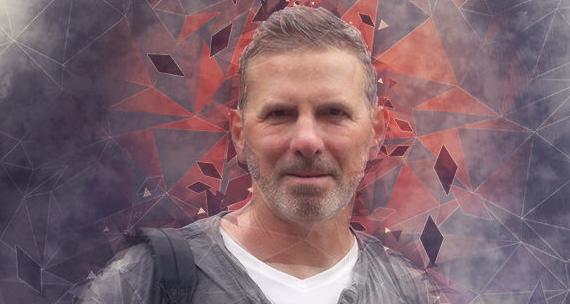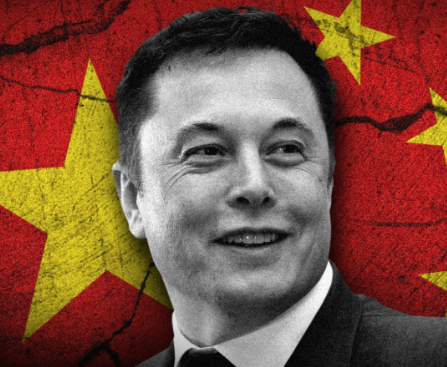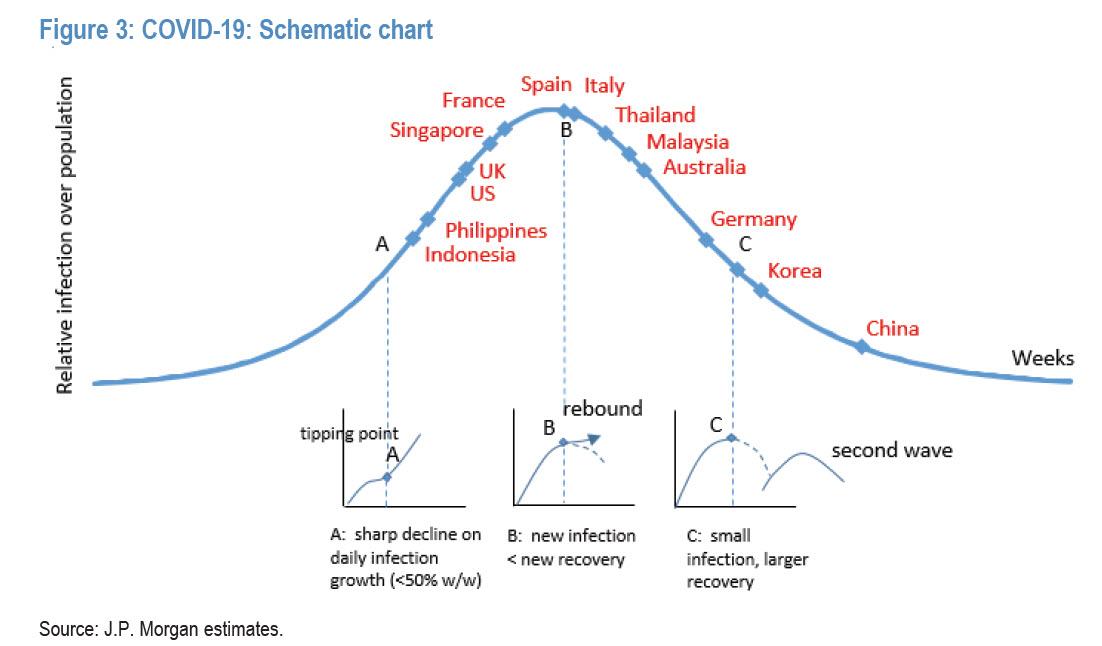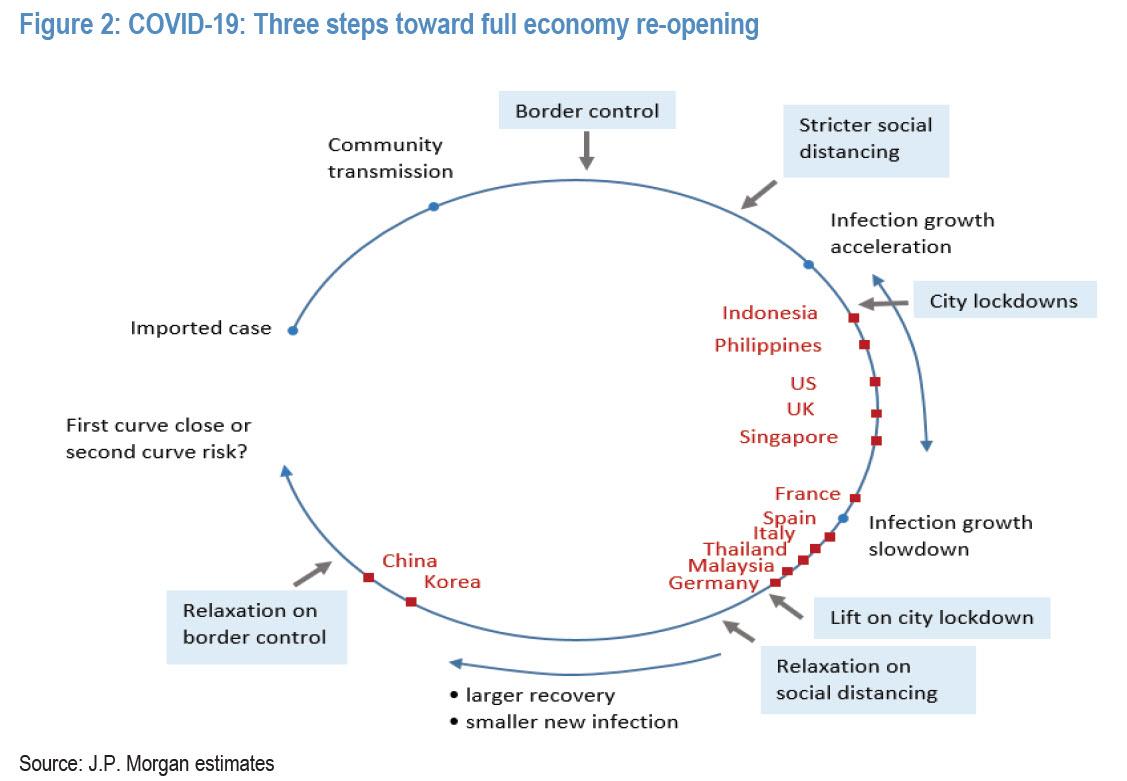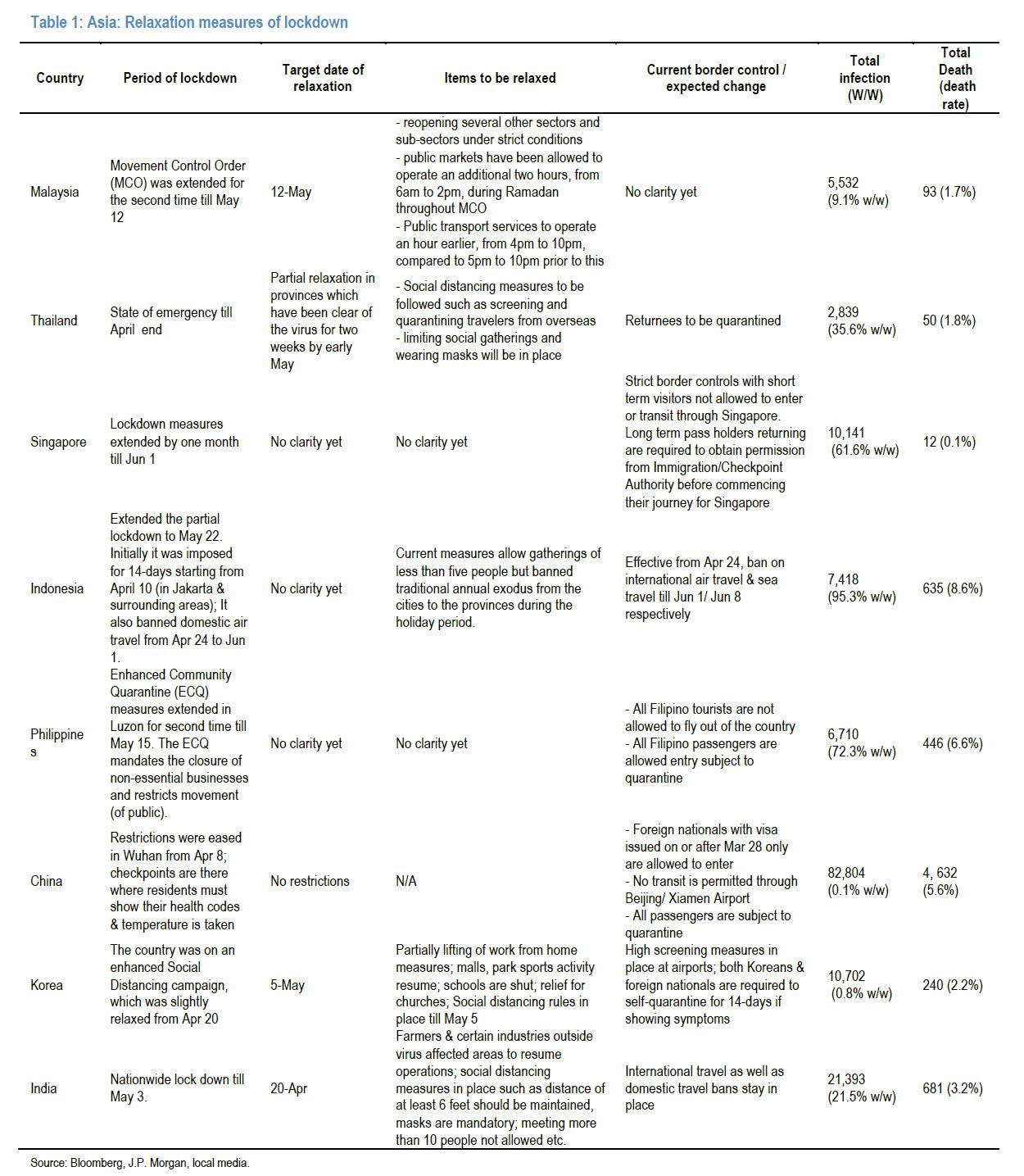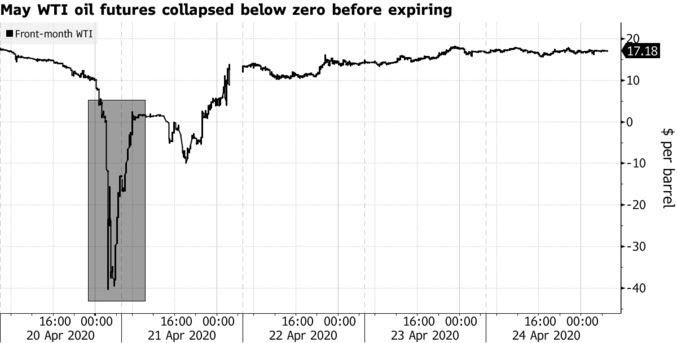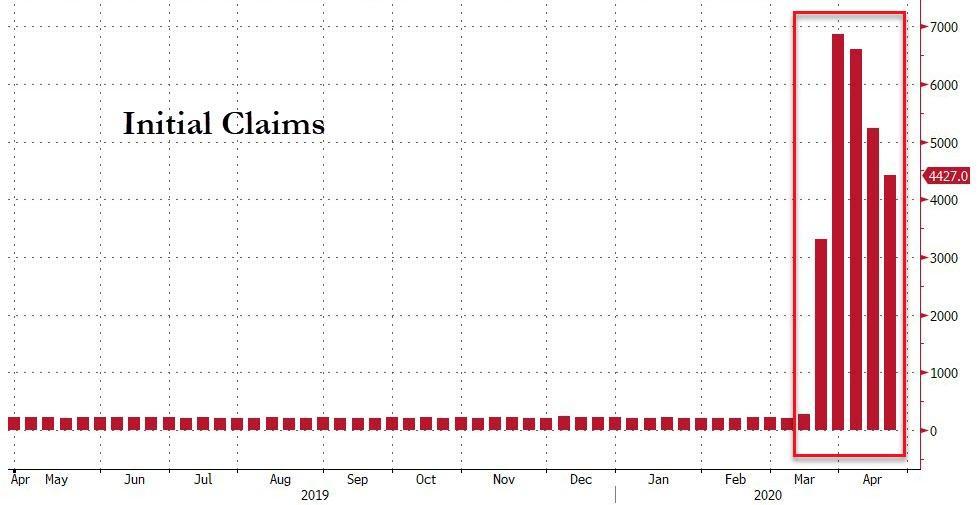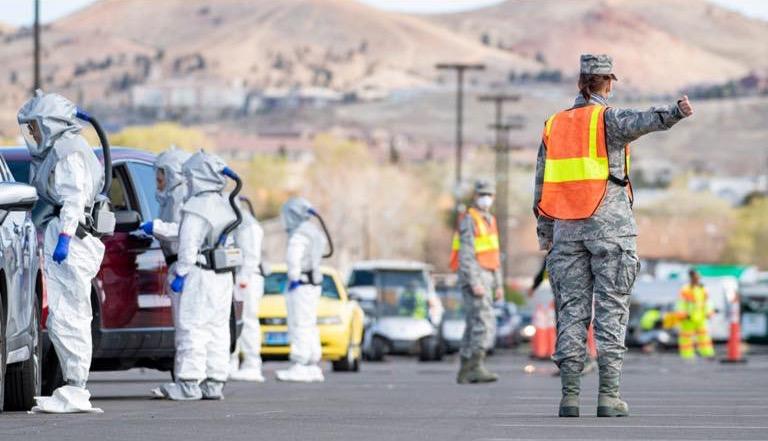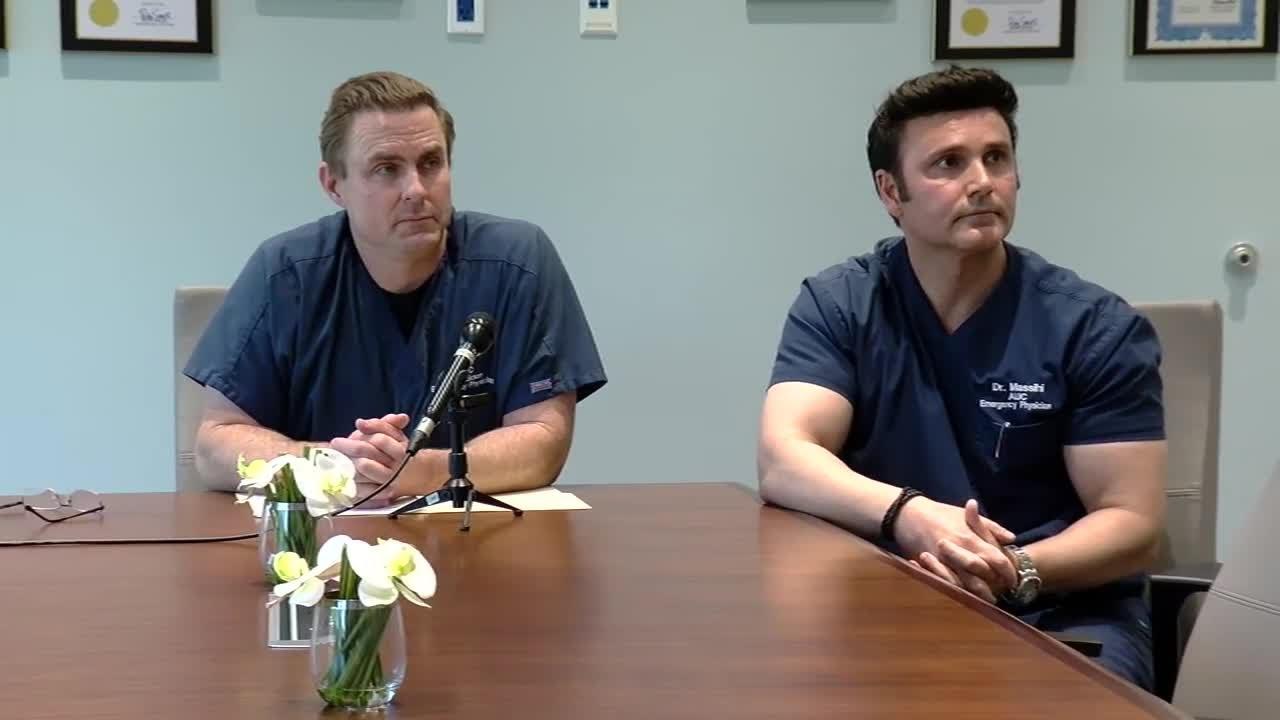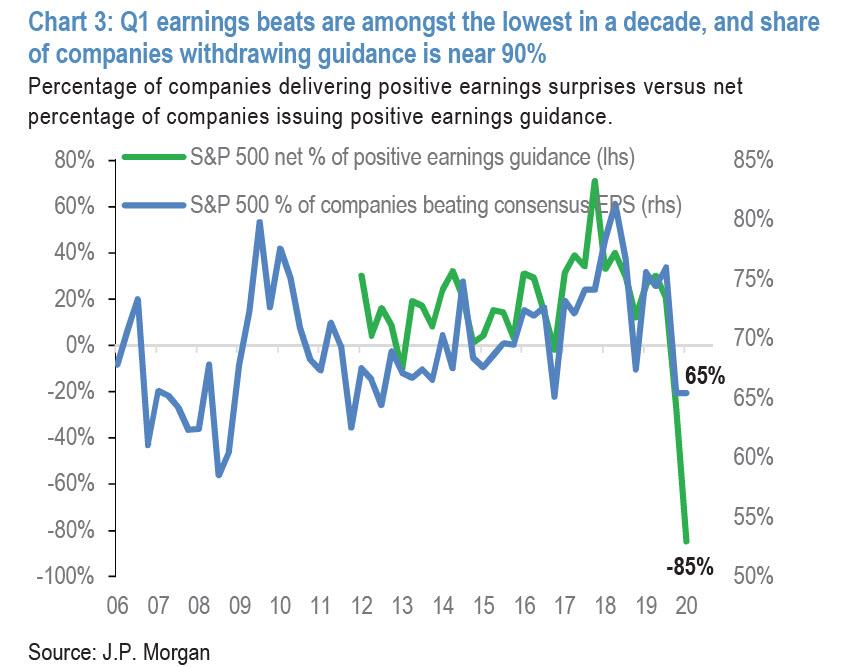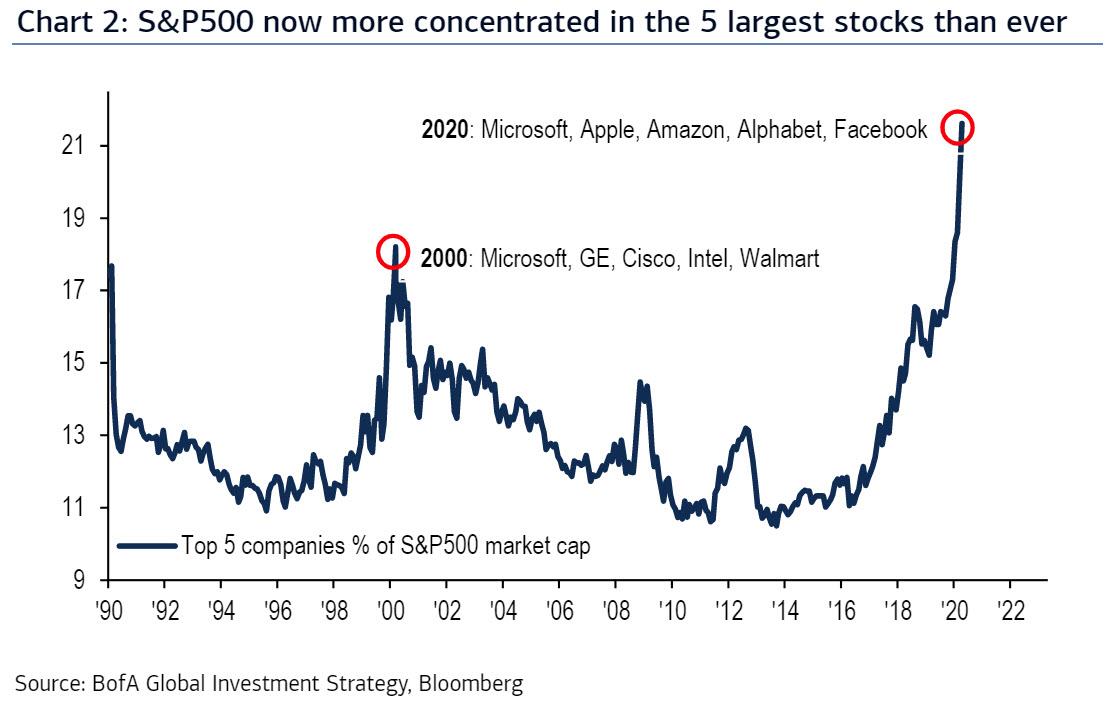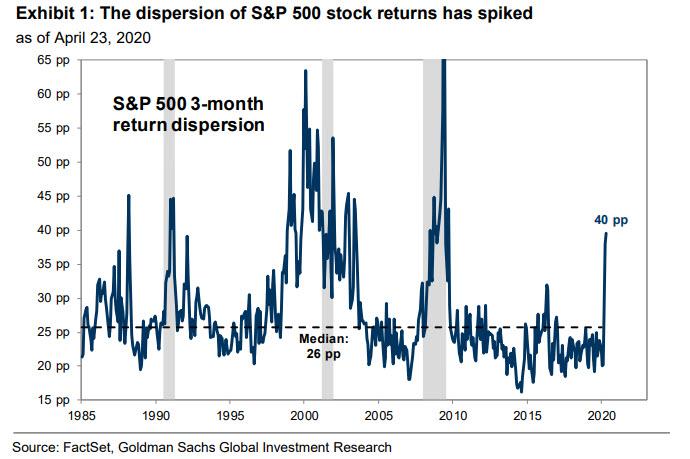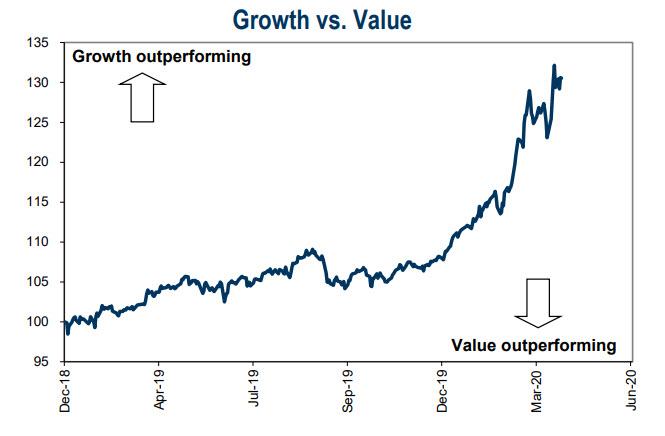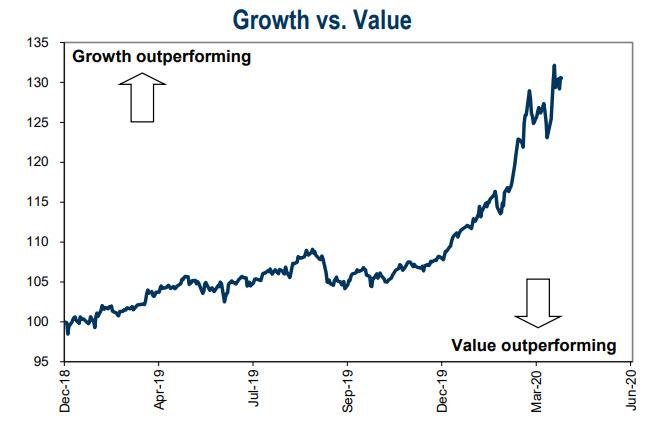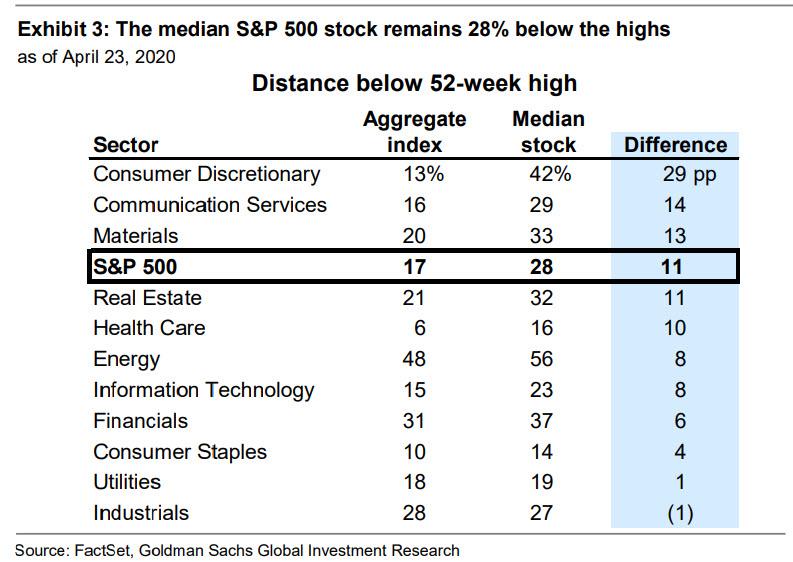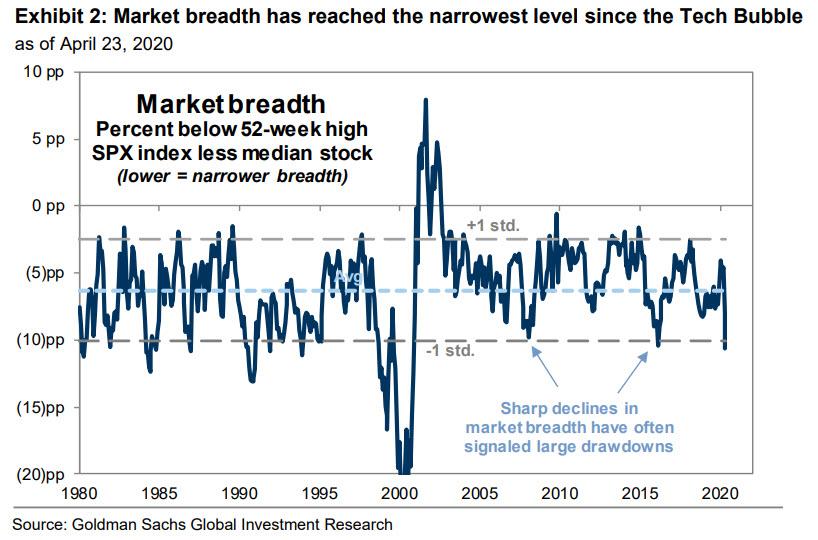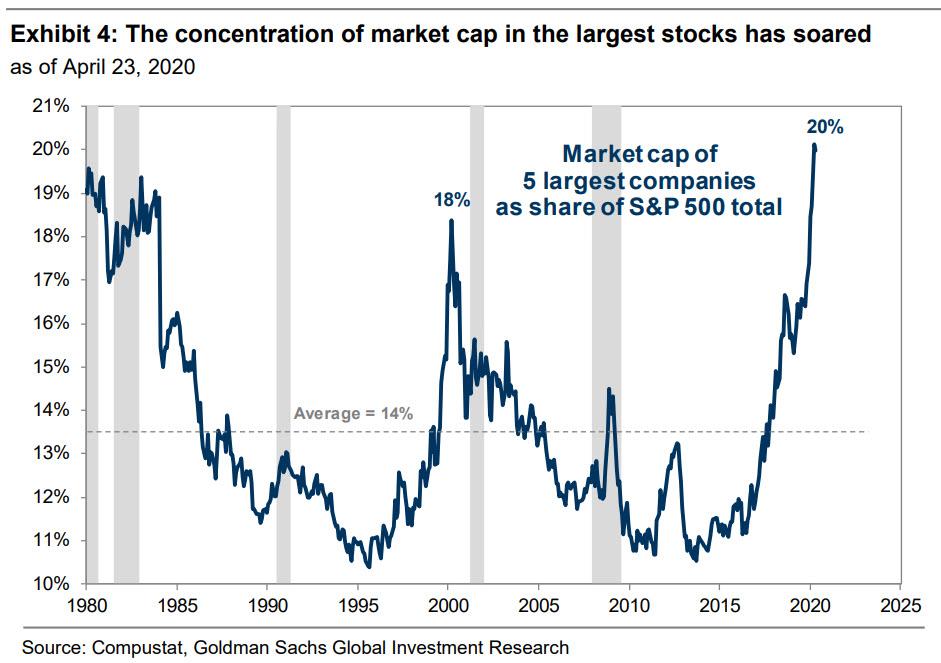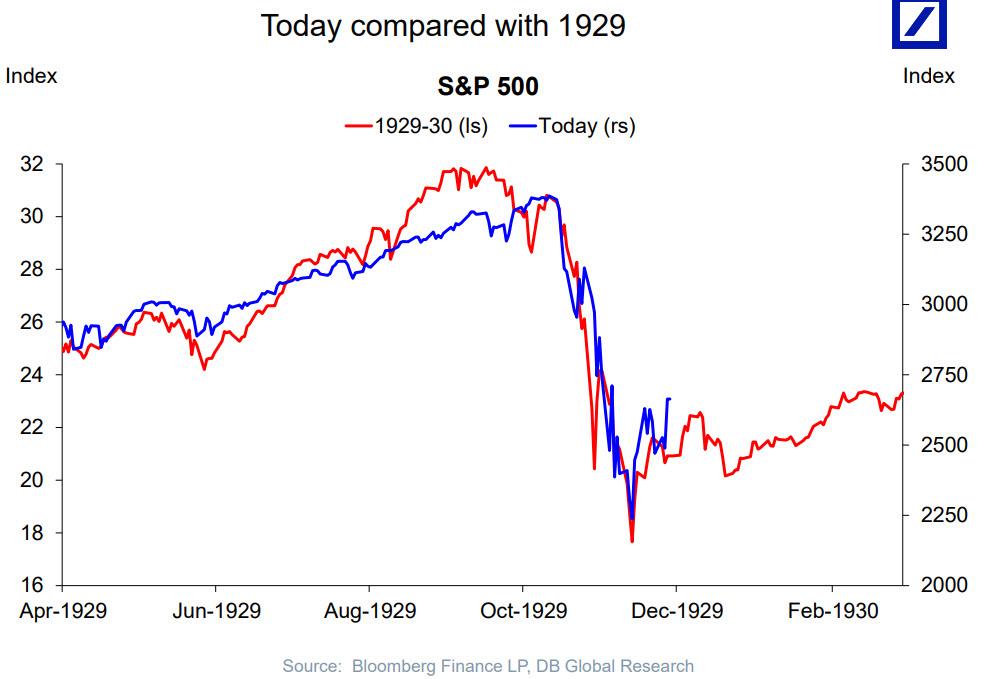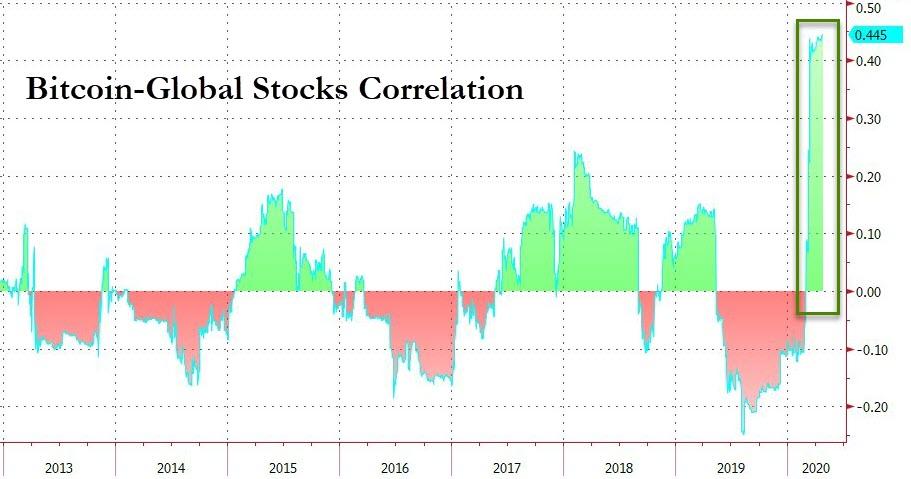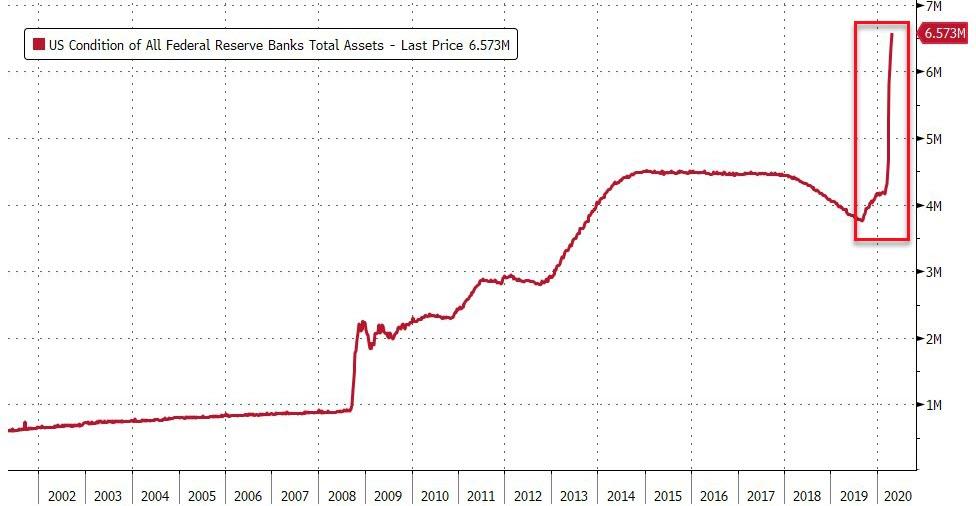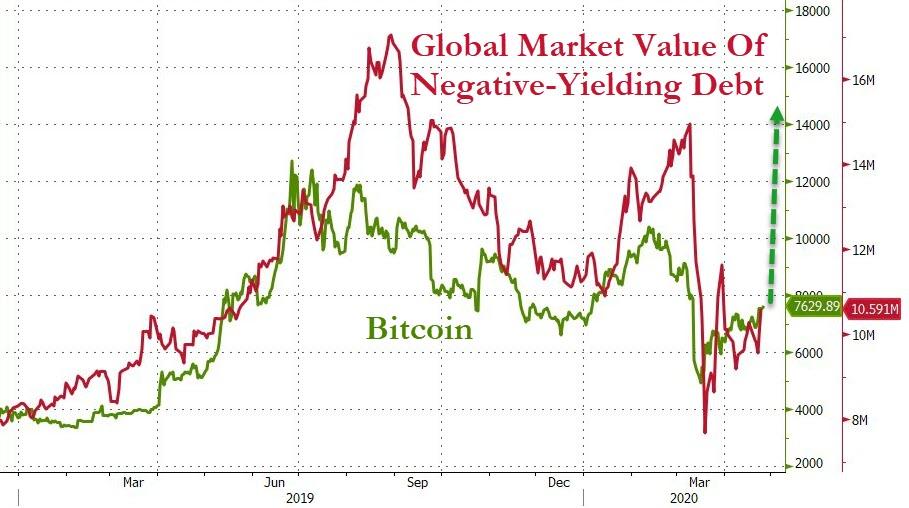Watching the news in China in January, they knew the virus was on its way. They ordered many COVID-19 tests because they knew they would need them. They tested many thousands of people, and discovered for themselves what epidemiologists around the world are saying: COVID-19 came here earlier than previously believed, is more ubiquitous, and ultimately for the general population less deadly than we thought.
While this realization is gradually dawning on people around the world, they went public with their findings, which are not generated out of a predictive model but rather the actual facts of the case. In the course of their press conference, they addressed the question of whether or not California should have shut down much of its economy. Their answer is no. They conclude with the need to open up immediately, on grounds of health and human rights.
Here are some selected quotes from their interview with a hostile reporter (emphasis added).
We’d like to look at how we’ve responded as a nation, and why you responded. Our first initial response two months ago was a little bit of fear: [the government] decided to shut down travel to and from China. These are good ideas when you don’t have any facts. [Governments] decided to keep people at home and isolate them. Typically you quarantine the sick. When someone has measles you quarantine them. We’ve never seen where we quarantine the healthy.
So that’s kind of how we started. We don’t know what’s going on, we see this new virus. How should we respond? So we did that initially, and over the last couple months we’ve gained a lot of data typically. We’re going to go over the numbers a little bit to kind of help you see how widespread COVID is, and see how we should be responding to it based on its prevalence throughout society—or the existence of the cases that we already know about….
So if you look at California—these numbers are from yesterday—we have 33,865 COVID cases, out of a total of 280,900 total tested. That’s 12% of Californians were positive for COVID. So we don’t, the initial—as you guys know, the initial models were woefully inaccurate. They predicted millions of cases of death – not of prevalence or incidence – but death.
That is not materializing. What is materializing is, in the state of California is 12% positives.
You have a 0.03% chance of dying from COVID in the state of California. Does that necessitate sheltering in place? Does that necessitate shutting down medical systems? Does that necessitate people being out of work?
96% of people in California who get COVID would recover, with almost no significant sequelae; or no significant continuing medical problems. Two months ago we didn’t know this. The more you test, the more positives you get. The prevalence number goes up, and the death rate stays the same. So [the death rate] gets smaller and smaller and smaller. And as we move through this data—what I want you to see is—millions of cases, small death. Millions of cases, small death.
We extrapolate data, we test people, and then we extrapolate for the entire community based on the numbers. The initial models were so inaccurate they’re not even correct. And some of them were based on social distancing and still predicted hundreds of thousands of deaths, which has been inaccurate. In New York the ones they tested they found 39% positive. So if they tested the whole state would we indeed have 7.5 million cases? We don’t know; we will never test the entire state. So we extrapolate out; we use the data we have because it’s the most we have versus a predictive model that has been nowhere in the ballpark of accurate. How many deaths do they have? 19,410 out of 19 million people, which is a 0.1% chance of dying from COVID in the state of New York. If you are indeed diagnosed with COVID-19, 92% of you will recover.
We’ve tested over 4 million… which gives us a 19.6% positive out of those who are tested for COVID-19. So if this is a typical extrapolation 328 million people times 19.6 is 64 million. That’s a significant amount of people with COVID; it’s similar to the flu. If you study the numbers in 2017 and 2018 we had 50 to 60 million with the flu. And we had a similar death rate in the deaths the United States were 43,545—similar to the flu of 2017-2018. We always have between 37,000 and 60,000 deaths in the United States, every single year. No pandemic talk. No shelter-in-place. No shutting down businesses…
We do thousands of flu tests every year. We don’t report every one, because the flu is ubiquitous and to that note we have a flu vaccine. How many people even get the flu vaccine? The flu is dangerous, it kills people. Just because you have a vaccine doesn’t mean it’s gonna be everywhere and it doesn’t mean everyone’s going to take it… I would say probably 50% of the public doesn’t even want it. Just because you have a vaccine—unless you forced it on the public—doesn’t mean they’re going to take it.
Norway has locked down; Sweden does not have lock down. What happened in those two countries? Are they vastly different? Did Sweden have a massive outbreak of cases? Did Norway have nothing? Let’s look at the numbers. Sweden has 15,322 cases of COVID—21% of all those tested came out positive for COVID. What’s the population of Sweden? About 10.4 million. So if we extrapolate out the data about 2 million cases of COVID in Sweden. They did a little bit of social distancing; they would wear masks and separate; they went to schools; stores were open. They were almost about their normal daily life with a little bit of social distancing. They had how many deaths? 1,765. California’s had 1,220 with isolation. No isolation: 1,765. We have more people. Norway: its next-door neighbor. These are two Scandinavian nations; we can compare them as they are similar. 4.9% of all COVID tests were positive in Norway. Population of Norway: 5.4 million. So if we extrapolate the data, as we’ve been doing, which is the best we can do at this point, they have about 1.3 million cases. Now their deaths as a total number, were 182. So you have a 0.003 chance of death as a citizen of Norway and a 97% recovery. Their numbers are a little bit better. Does it necessitate shutdown, loss of jobs, destruction of the oil company, furloughing doctors?
I wanted to talk about the effects of COVID-19, the secondary effects. COVID-19 is one aspect of our health sector. What has it caused to have us be involved in social isolation? What does it cause that we are seeing the community respond to? Child molestation is increasing at a severe rate. We could go over multiple cases of children who have been molested due to angry family members who are intoxicated, who are home, who have no paycheck. Spousal abuse: we are seeing people coming in here with black eyes and cuts on their face. It’s an obvious abuse of case. These are things that will affect them for a lifetime, not for a season. Alcoholism, anxiety, depression, suicide. Suicide is spiking; education is dropped off; economic collapse. Medical industry we’re all suffering because our staff isn’t here and we have no volume. We have clinics from Fresno to San Diego and these things are spiking in our community. These things will affect people for a lifetime, not for a season.
I’d like to go over some basic things about how the immune system functions so people have a good understanding. The immune system is built by exposure to antigens: viruses, bacteria. When you’re a little child crawling on the ground, putting stuff in your mouth, viruses and bacteria come in. You form an antigen antibody complex. You form IgG IgM. This is how your immune system is built. You don’t take a small child put them in bubble wrap in a room and say, “go have a healthy immune system.”
This is immunology, microbiology 101. This is the basis of what we’ve known for years. When you take human beings and you say, “go into your house, clean all your counters—Lysol them down you’re gonna kill 99% of viruses and bacteria; wear a mask; don’t go outside,” what does it do to our immune system? Our immune system is used to touching. We share bacteria. Staphylococcus, streptococcal, bacteria, viruses.
Sheltering in place decreases your immune system. And then as we all come out of shelter in place with a lower immune system and start trading viruses, bacteria—what do you think is going to happen? Disease is going to spike. And then you’ve got diseases spike—amongst a hospital system with furloughed doctors and nurses. This is not the combination we want to set up for a healthy society. It doesn’t make any sense.
…Did we respond appropriately? Initially the response, fine shut it down, but as the data comes across—and we say now, wait a second, we’ve never, ever responded like this in the history of the country why are we doing this now? Any time you have something new in the community medical community it sparks fear—and I would have done what Dr. Fauci did—so we both would have initially. Because the first thing you do is, you want to make sure you limit liability—and deaths—and I think what they did was brilliant, initially. But you know, looking at theories and models—which is what these folks use—is very different than the way the actual virus presents itself throughout communities….
Nobody talks about the fact that coronavirus lives on plastics for three days and we’re all sheltering in place. Where’d you get your water bottles from? Costco. Where did you get that plastic shovel from? Home Depot. If I swab things in your home I would likely find COVID-19. And so you think you’re protected. Do you see the lack of consistency here? Do you think you’re protected from COVID when you wear gloves that transfer disease everywhere? Those gloves have bacteria all over them. We wear masks in an acute setting to protect us. We’re not wearing masks. Why is that? Because we understand microbiology; we understand immunology; and we want strong immune systems. I don’t want to hide in my home, develop a weak immune system, and then come out and get disease.
When someone dies in this country right now they’re not talking about the high blood pressure, the diabetes, the stroke. They say they died from COVID. We’ve been to hundreds of autopsies. You don’t talk about one thing, you talk about comorbidities. COVID was part of it, it is not the reason they died folks. When I’m writing up my death report I’m being pressured to add COVID.
Why is that? Why are we being pressured to add COVID? To maybe increase the numbers, and make it look a little bit worse than it is. We’re being pressured in-house to add COVID to the diagnostic list when we think it has nothing to do with the actual cause of death. The actual cause of death was not COVID, but it’s being reported as one of the disease processes and being added to the death list. COVID didn’t kill them, 25 years of tobacco use killed.
There’s two ways to get rid of virus: either burns itself out or herd immunity. For hundreds of years we relied on herd immunity. Viruses kill people, end of story. The flu kills people. COVID kills people. But for the rest of us we develop herd immunity. We developed the ability to take this virus in and defeat it and for the vast majority 95% of those around the globe. Do you want your immune system built or do you want it not built? The building blocks of your immune system is a virus and bacteria. There’s normal bacteria in normal flora that we have to be exposed to bacteria and viruses that are not virulent are our friends. They protect us against bad bacteria and bad viruses.
Right now, if you look at Dr. Erikson’s skin or my skin we have strep, we have stuff—they protect us against opportunistic infections. That’s why for the first three to six months [babies are] extremely vulnerable to opportunistic infection. Which is why, when we see a little baby in the ER with fever who is one month old, you do a spinal tap, you do a chest x-ray, you do blood cultures, you do urine cultures. But if you had a fever I wouldn’t do that for you. Why? Because that baby does not have the normal bacteria and flora from the community, whereas you do. I guarantee when we reopen there’s going to be a huge, huge amount of illness that’s going to be rampant because our immune systems have weakened. That’s just basic immunology.
Do we need to still shelter in place? Our answer is emphatically no. Do we need businesses to be shut down? Emphatically no. Do we need to have it, do we need to test them, and get them back to work? Yes, we do. The the secondary effects that we went over—the child abuse, alcoholism, loss of revenue—all these are, in our opinion, a significantly more detrimental thing to society than a virus that has proven similar in nature to the seasonal flu we have every year.
We also need to put measures in place so economic shutdown like this does not happen again. We want to make sure we understand that quarantining the sick is what we do, not quarantine the healthy. We need to make sure if you’re gonna dance on someone’s constitutional rights you better have a good reason. You better have a really good scientific reason, and not just theory.
One of the most important things is we need our hospitals back up. We need our furloughed doctors back. We need our nurses back. Because when we lift this thing, we’re gonna need all hands on deck. I know the local hospitals have closed two floors. Folks, that’s not the situation you want. We’re essentially setting ourselves up to have minimal staff, and we’re going to have significant disease. That’s the wrong combination.
I’ve talked to our local head of the Health Department and he’s waiting… for the powers that be to lift. Because the data is showing it’s time to lift. I would start slowly [open up schools sporting events] I think we need to open up the schools start getting kids back to the immune system you know and the major events the sporting events these are non-essential let’s get back to those slowly let’s start with schools let’s start with cafe Rio and the pizza place here… Does that make sense to you guys and I think I can go into Costco and I can shop with people and there’s probably a couple hundred people but I can’t go in Cafe Rio so big businesses are open little businesses are not….
Eventually we treat this like we treat flu. Which is if you have the flu and you’re feeling fever and body aches you just stay home if you have coughing or shortness of breath—COVID is more of a respiratory thing—you stay home. You don’t get tested, even when people come with flu a lot of times we don’t test them. We go, “you have flu. Here’s a medication.” You have COVID, go home, let it resolve and come back negative.
If you have no symptoms you should be able to return to work. Are you an asymptomatic viral spreader? Maybe, but we can’t test all of humanity. Sure we’re gonna miss cases of coronavirus, just like we miss cases of the flu. It would be nice to capture every coronavirus patient, but is that realistic? Are we gonna keep the economy shut down for two years and vaccinate everybody? That’s an unrealistic expectation. You’re going to cause financial ruin, domestic violence, suicide, rape, violence and what are you going to get out of it? You’re still going to miss a lot of cases. So we need to treat this like the flu, which is familiar, and eventually this will mutate and become less and less virulent…
I don’t need a double-blind clinically controlled trial to tell me if sheltering in place is appropriate, that is a college-level understanding of microbiology. A lot of times in medicine you have to make you have to make educated decisions with the data that you have. I can sit up in the 47th-floor in the penthouse and say we should do this, this, and this, but I haven’t seen a patient for 20 years—that’s not realistic.
If you’re healthy and you don’t have significant comorbidities and you know you’re not immunodeficient and you’re not elderly you should be able to go out without any gloves and without a mask. If you are those things you should either shelter in place or wear a mask and gloves. I don’t think everybody needs to wear the masks and gloves because it reduces your bacterial flora… and your bacterial flora and your viruses your friends that protect you from other diseases [if they] end up going away and now you’re more likely to get opportunistic infections infections that are hoping you don’t have your good bugs fighting for you.
The videos are embedded below. ..
